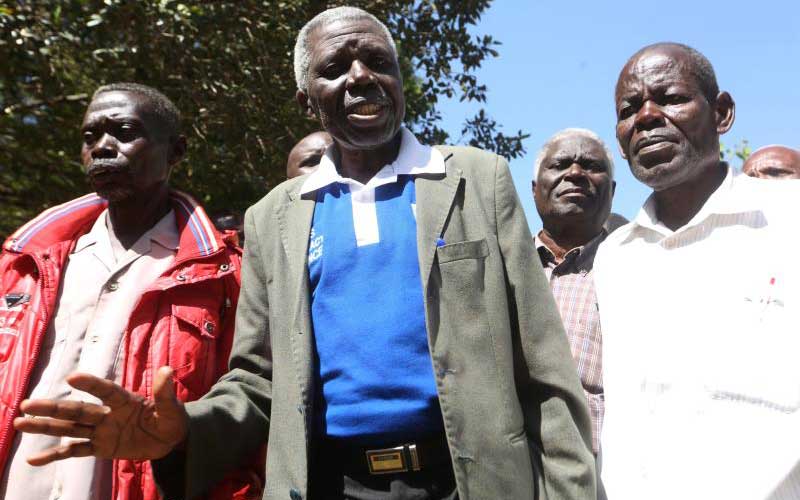×
The Standard e-Paper
Read Offline Anywhere

If all assets of the troubled Kenya Railways pension scheme were to be sold all at once, each of the 8,829 pensioners would become instant millionaires.
And if the proceeds would be shared equally, each pensioner would take home Sh3,397,893.30 after the disposal of 13,194 houses and huge chunks of prime land at the heart of the city.